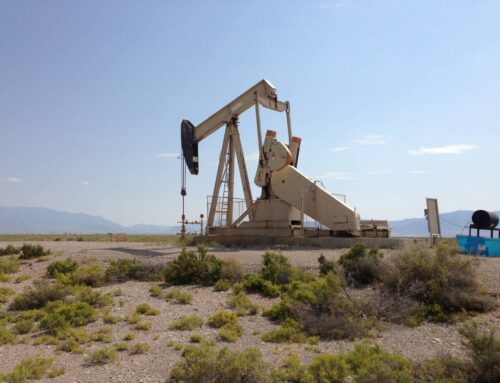On July 3, the Department of Energy (DOE) issued a new, expanded $4 billion solicitation for both renewable energy and energy efficient projects through its Title 17 Loan Guarantee Program. Most previous renewable and energy efficiency loan guarantees were made under Section 1705 of the program, which expired in September 2011 after awarding nearly $16 billion in guarantees, mostly to solar energy projects, including the failed company Solyndra. All loan guarantees are now being issued under the still-existing Section 1703 of the program. The proposed Cape Wind project, for instance, was recently awarded $150 million in Section 1703 loan guarantee funding, despite having initially applied for Section 1705 funding back in 2009.
Much smaller than prior renewable solicitations, the new solicitation is intended to support smaller-scale energy technologies that are catalytic, replicable, and market-ready, but are unable to obtain the financing necessary for commercial-scale deployment. Although any project meeting solicitation requirements may apply, DOE is targeting five key areas that are of particular interest: (1) advanced grid integration and storage; (2) drop-in biofuels; (3) waste-to-energy; (4) enhancement of existing facilities; and (5) efficiency improvements.
There are several significant taxpayer concerns with regard to how the Loan Guarantee Program is currently structured. This includes the massive scope of the program, uncertain costs associated with Title 17, the weakening of taxpayer rights in the event of default, and the unclear administration of loans. Additionally, a recent Government Accountability Office report found that the DOE has “not fully developed or consistently adhered to loan monitoring policies” for the program, casting serious doubt on its ability to effectively evaluate loan guarantee applicants and separate bad apples from the good.











Get Social